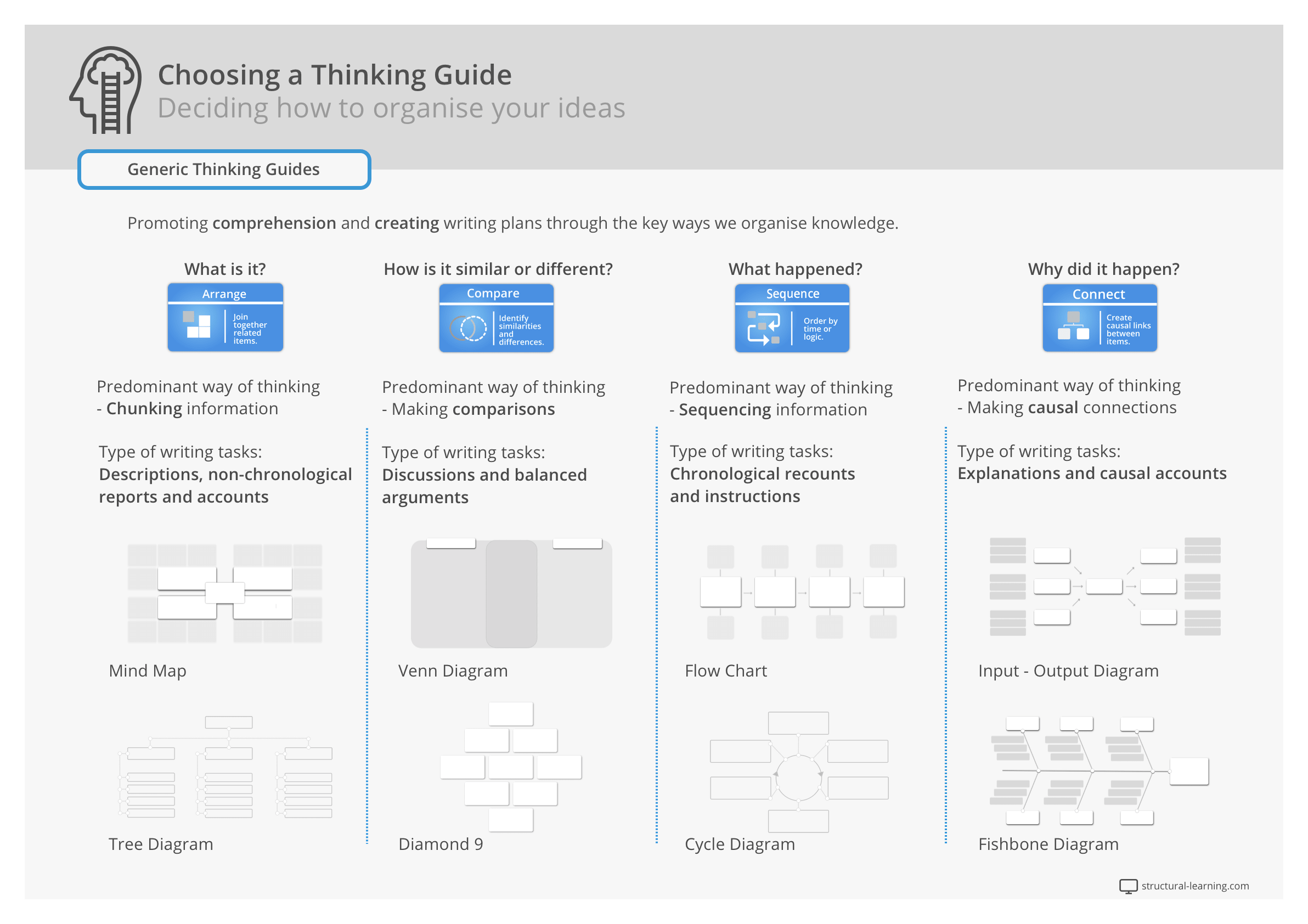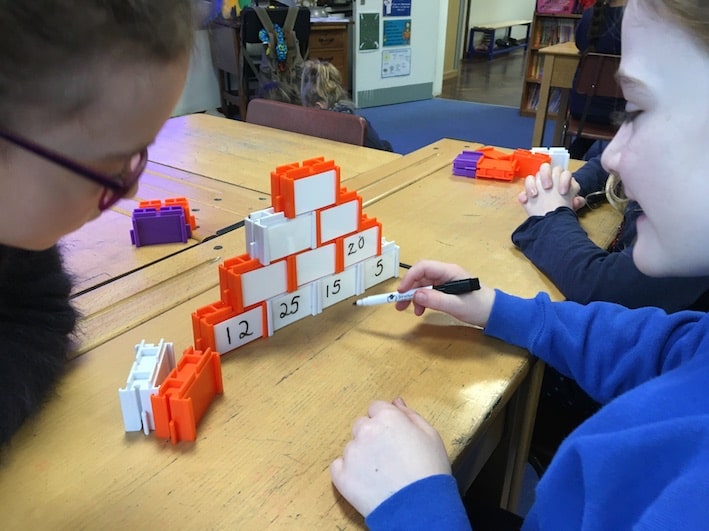Pupil Premium: A Headteacher's Guide to Effective Spending
Maximise the impact of Pupil Premium funding with evidence-based strategies. This guide covers allocation, accountability, EEF guidance, and interventions that close the attainment gap.


Maximise the impact of Pupil Premium funding with evidence-based strategies. This guide covers allocation, accountability, EEF guidance, and interventions that close the attainment gap.
The Pupil Premium Grant is a scheme offered by the government to reduce the attainment gap for disadvantaged children in state-funded government schools in the United Kingdom. The PP Grant was launched in 2011, in response to the declarations made by various research papers which revealed that:
This source of funding is a government initiative designed to improve educational outcomes for children from disadvantaged backgrounds. The aim of Pupil Premium is to ensure that every child receives a fair start in life and reaches their full potential. To achieve this goal, the Government provides additional funding to schools serving pupils from poorer families. This extra cash helps teachers to give these children extra support throughout their school career. This includes providing them with specialist teaching staff, better resources, and improved facilities. Pupil Premium is available to primary schools across England, Scotland, Wales and Northern Ireland. To find out more visit www.pupilpremium.gov.uk.
The pupil premium is given to enable disadvantaged students to be supported to achieve their potential and have opportunities and experiences to support this. Although the state allocates this additional school funding, school leaders are responsible for using and distributing this additional funding after checking the students' eligibility for pupil premium funding in their schools. They may use all of the grants on to school or save some for funding activities to benefit any specific group, or all, of the looked after children in the school.
This targeted financial support can be used in a range of different ways within an education setting. The family circumstances can often be complex and schools need to provide unique support and provision for pupils entitled to this funding stream. The educational benefit depends upon how the extra funding is used. Organisations like the education endowment foundation provide guidance on where to focus provision. The Department for education also provides guidance but ultimately it is the school that makes the decision about the type and quality of provision.
As well as the statutory guidance for school leaders, there are plenty of independent articles providing guidance resources for senior leaders. Whether you are looking at building an extra provision for children in reception or exploring how your community of teachers can be more creative in narrowing the attainment gap, we're sure this article will provide you with some answers.
The pupil premium funding is distributed on basis of the number of students who are registered in the following categories (correct in 2021):
The government allocates £1,050 for each secondary school child eligible to receive free school meals in the last 6 years, also specified as the Ever 6 FSM.
The state has allocated £2,570 for each of the secondary or primary school eligible children who were previously under the care of local authority through adoption, through child arrangements order or special guardianship order.

The publicly funded schools of the United Kingdom are eligible to receive pupil premium grants, mainly including:
The government contends that schools leaders are the best to know the needs and annual income of their students' families. Hence, school leaders, mainly including, the Senior Leadership Team (SLT), how to use the pupil premium grant in their schools.
As suggested by the Education Endowment Foundation, several school leaders acquire a three-tier strategy to the pupil premium funding which divides the grant into three categories:
Although some publicly-funded schools decide to use their model, the main objective to close the attainment gap remains at the top. State-funded schools often explore intervention strategies as a way of scaffolding learning for the most disadvantaged. Suitable intervention strategies might include the adoption of the Universal Thinking Framework that makes learning more accessible to everyone. This type of inclusive practice means that all pupils, regardless of family income, can access education.

Schools are required to maintain transparency by indicating how they are using the pupil premium funding. Some of the most important ways include:
The service pupil premium is also another kind of extra funding for schools, but it does not depend upon the disadvantage. The service pupil premium is added into pupil premium grants to allow schools to manage their spending more conveniently.
Schools are expected to receive £345 in 2021- 2022 and £345 in 2022 - 2023 for students:
The main purpose of Service children premium is to provide disadvantaged pupils with pastoral care.

Schools may spend pupil premium money to benefit non-eligible pupils. Schools can utilize their grant where ever they have the greatest need. For instance, pupil premium might be spent on those students who do not fulfil school meal criteria but:
Spending Pupil Premium payments for improving teaching quality is the most useful way to benefit disadvantaged pupils under special guardianship. In this way, schools might inevitably help non- eligible pupils too.
The state does not allocate pupil premium grants on basis of children's academic success in school. Local authorities and schools are provided with the funding according to the total number of disadvantaged pupils who are eligible for special guardianship.
It is because academically able students of low income families can also be at extreme risk of under-performance. Children eligible to receive pupil premium are the children from families in need, and they deserve just as much attention as less academically able students.
The pupil premium grant is a state initiative to provide additional funding to disadvantaged pupils, to reduce the inequalities between children. Research shows that children belonging to low income families normally face more challenges in achieving their potential and mostly, they do not perform as well in education as other students. The pupil premium enables these children to be supported to attain their potential and have opportunities and experiences to support this.

The Pupil Premium Grant is a scheme offered by the government to reduce the attainment gap for disadvantaged children in state-funded government schools in the United Kingdom. The PP Grant was launched in 2011, in response to the declarations made by various research papers which revealed that:
This source of funding is a government initiative designed to improve educational outcomes for children from disadvantaged backgrounds. The aim of Pupil Premium is to ensure that every child receives a fair start in life and reaches their full potential. To achieve this goal, the Government provides additional funding to schools serving pupils from poorer families. This extra cash helps teachers to give these children extra support throughout their school career. This includes providing them with specialist teaching staff, better resources, and improved facilities. Pupil Premium is available to primary schools across England, Scotland, Wales and Northern Ireland. To find out more visit www.pupilpremium.gov.uk.
The pupil premium is given to enable disadvantaged students to be supported to achieve their potential and have opportunities and experiences to support this. Although the state allocates this additional school funding, school leaders are responsible for using and distributing this additional funding after checking the students' eligibility for pupil premium funding in their schools. They may use all of the grants on to school or save some for funding activities to benefit any specific group, or all, of the looked after children in the school.
This targeted financial support can be used in a range of different ways within an education setting. The family circumstances can often be complex and schools need to provide unique support and provision for pupils entitled to this funding stream. The educational benefit depends upon how the extra funding is used. Organisations like the education endowment foundation provide guidance on where to focus provision. The Department for education also provides guidance but ultimately it is the school that makes the decision about the type and quality of provision.
As well as the statutory guidance for school leaders, there are plenty of independent articles providing guidance resources for senior leaders. Whether you are looking at building an extra provision for children in reception or exploring how your community of teachers can be more creative in narrowing the attainment gap, we're sure this article will provide you with some answers.
The pupil premium funding is distributed on basis of the number of students who are registered in the following categories (correct in 2021):
The government allocates £1,050 for each secondary school child eligible to receive free school meals in the last 6 years, also specified as the Ever 6 FSM.
The state has allocated £2,570 for each of the secondary or primary school eligible children who were previously under the care of local authority through adoption, through child arrangements order or special guardianship order.

The publicly funded schools of the United Kingdom are eligible to receive pupil premium grants, mainly including:
The government contends that schools leaders are the best to know the needs and annual income of their students' families. Hence, school leaders, mainly including, the Senior Leadership Team (SLT), how to use the pupil premium grant in their schools.
As suggested by the Education Endowment Foundation, several school leaders acquire a three-tier strategy to the pupil premium funding which divides the grant into three categories:
Although some publicly-funded schools decide to use their model, the main objective to close the attainment gap remains at the top. State-funded schools often explore intervention strategies as a way of scaffolding learning for the most disadvantaged. Suitable intervention strategies might include the adoption of the Universal Thinking Framework that makes learning more accessible to everyone. This type of inclusive practice means that all pupils, regardless of family income, can access education.

Schools are required to maintain transparency by indicating how they are using the pupil premium funding. Some of the most important ways include:
The service pupil premium is also another kind of extra funding for schools, but it does not depend upon the disadvantage. The service pupil premium is added into pupil premium grants to allow schools to manage their spending more conveniently.
Schools are expected to receive £345 in 2021- 2022 and £345 in 2022 - 2023 for students:
The main purpose of Service children premium is to provide disadvantaged pupils with pastoral care.

Schools may spend pupil premium money to benefit non-eligible pupils. Schools can utilize their grant where ever they have the greatest need. For instance, pupil premium might be spent on those students who do not fulfil school meal criteria but:
Spending Pupil Premium payments for improving teaching quality is the most useful way to benefit disadvantaged pupils under special guardianship. In this way, schools might inevitably help non- eligible pupils too.
The state does not allocate pupil premium grants on basis of children's academic success in school. Local authorities and schools are provided with the funding according to the total number of disadvantaged pupils who are eligible for special guardianship.
It is because academically able students of low income families can also be at extreme risk of under-performance. Children eligible to receive pupil premium are the children from families in need, and they deserve just as much attention as less academically able students.
The pupil premium grant is a state initiative to provide additional funding to disadvantaged pupils, to reduce the inequalities between children. Research shows that children belonging to low income families normally face more challenges in achieving their potential and mostly, they do not perform as well in education as other students. The pupil premium enables these children to be supported to attain their potential and have opportunities and experiences to support this.
